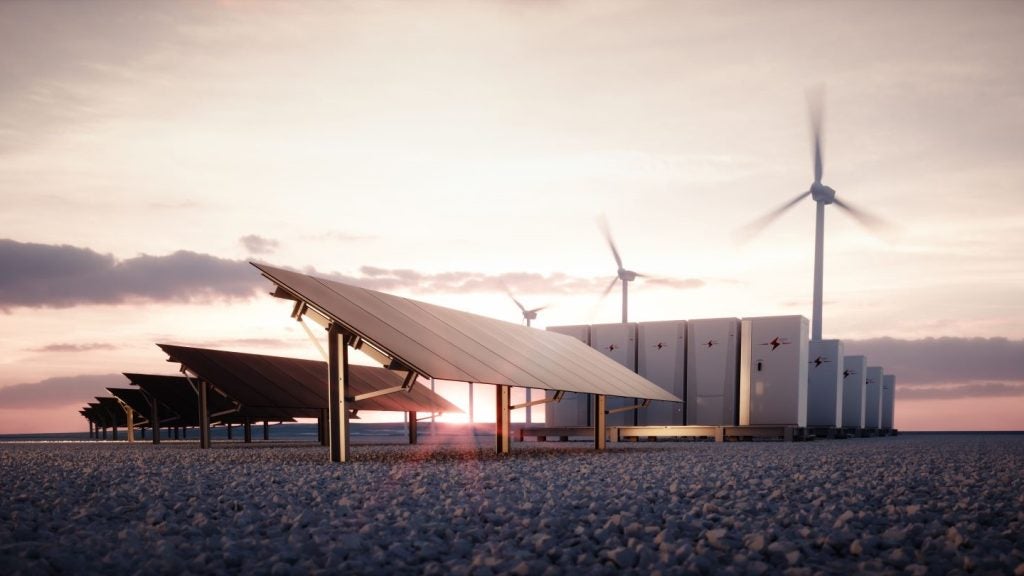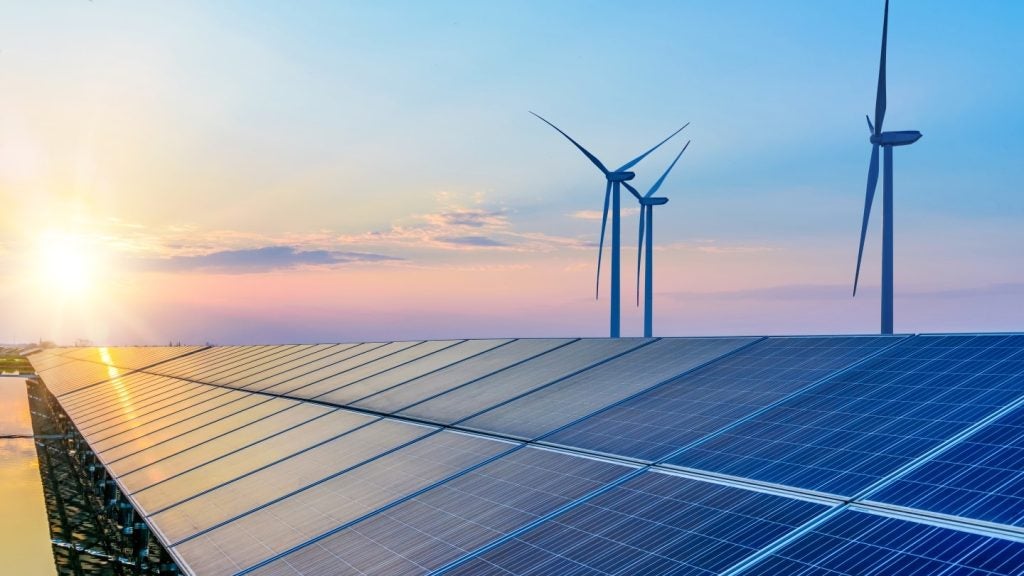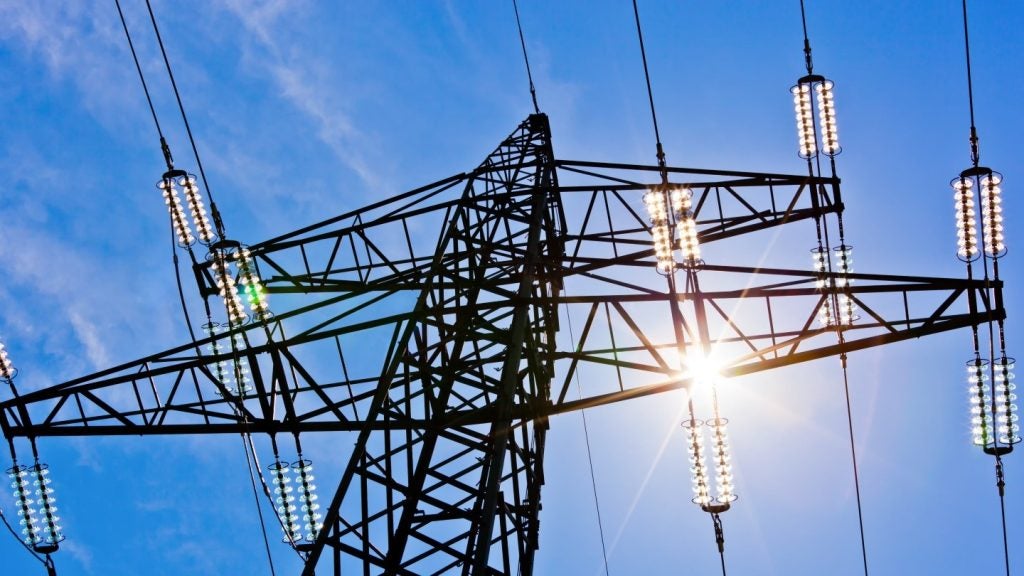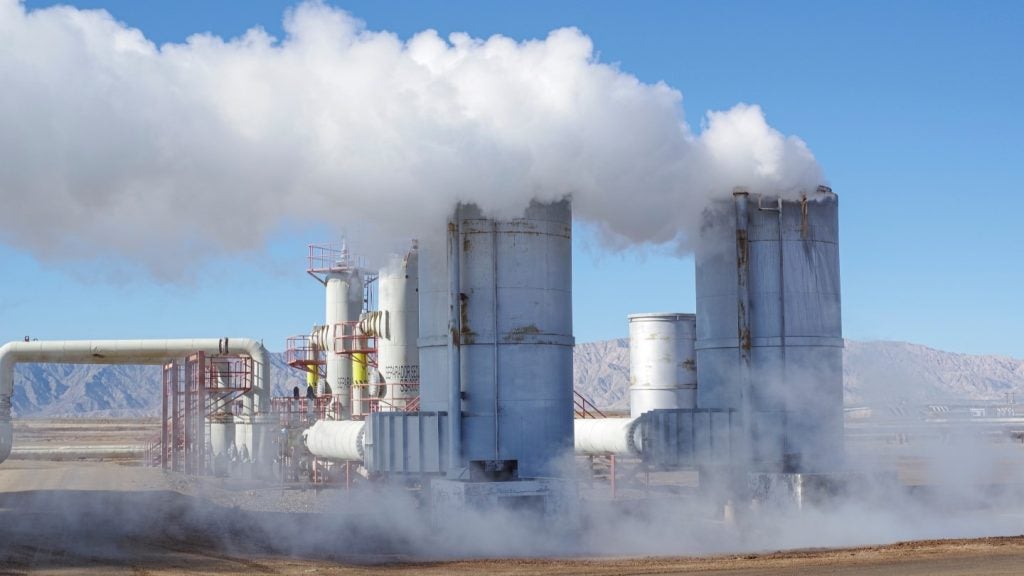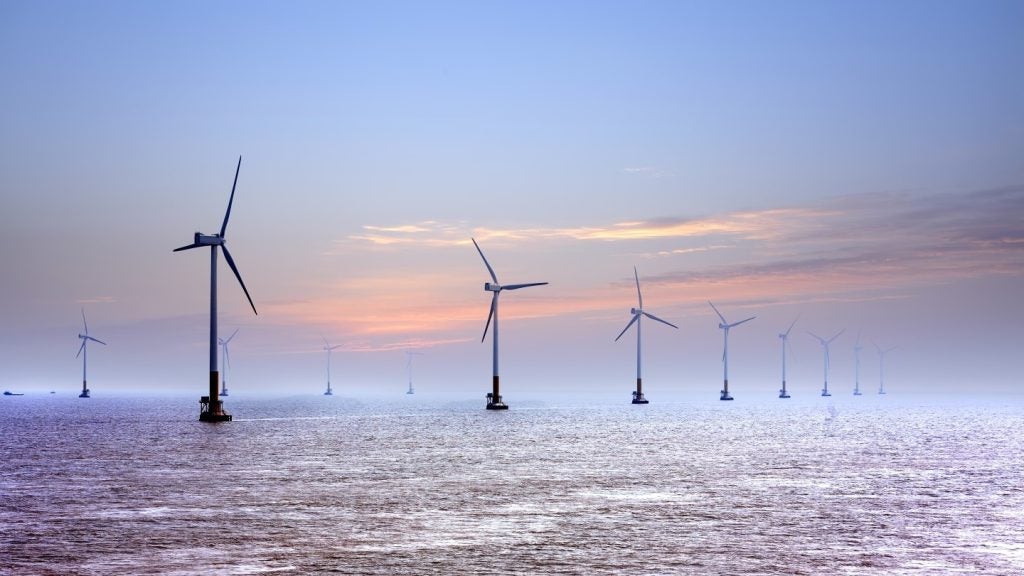The Australian Government is looking to add 32GW of renewable and clean dispatchable energy capacity to its national electricity grid by 2030.
The federal government, in conjunction with state and territorial governments, plans to acquire the energy by expanding the capacity investment scheme (CIS) and the National Energy Transformation Partnership.
The CIS, a national framework to increase investment in renewables, will be used to underwrite 9GW of dispatchable projects and 23GW in variable capacity nationally.
This will bring the total capacity to 32GW by 2030 – equivalent to half of the country's national electricity market’s present capacity, with 11 million customers.
Through renewable capacity expansion, the government aims to bring both reliability and affordability to changing energy markets as coal-fired power stations are nearing the end of their lives.
By underwriting new renewable generation and storage, the government can provide certainty for investors while making cheaper and clean energy available to households and businesses.
The government is also planning to negotiate bilateral renewable energy transformation agreements with states and territories.
The states and territories will ensure the delivery of the renewable projects along with commitments to maintain agreed reliability benchmarks, manage orderly transition and invest in strategic electricity reserves.
Half the 32GW capacity is expected to be subject to such agreements. The government has also warned that it may reallocate capacities from jurisdictions that do not make agreements to those that have.
The government will also consider hurdles to renewable investments including supply chain and labour constraints.
In July 2023, the federal government declared a Pacific offshore wind development zone, with the potential to generate 5GW, in the Hunter region of New South Wales.


